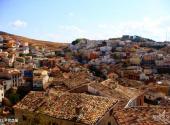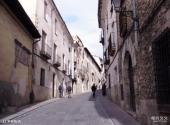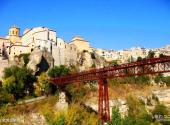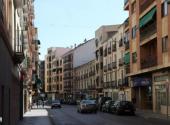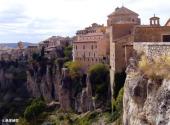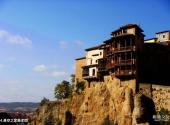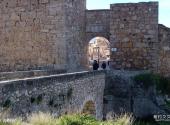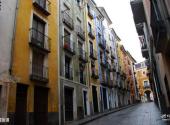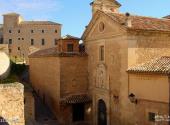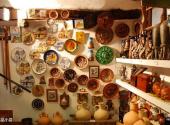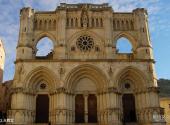
Scenic spot introduction:
The ancient city of Cuenca in Spain is a mountain city characterized by ancient walls. Due to the rise of wool trade in the late Middle Ages, local manufacturing industries such as ceramics, tanning, flour, papermaking, furniture, fertilizers and woolen textiles were quite prosperous. The ancient city of Cuenca is located on a narrow rocky plateau above the two canyons formed by the Júcar River and the Huécar River in the southern part of the Meseta Plateau in the province of Cuenca in southwest Spain. The original core of the city was It was the original castle located in the highest part of the city, from which it continued to develop downwards as the population grew, gradually developing into a city with a breathtaking layout. The ancient city of Cuenca retains a large number of historical buildings and relics, and the artistic works that have been passed down to this day confirm the many different eras that the ancient city of Cuenca has experienced. In 1996, the ancient city of Cuenca was included in the World Heritage List by UNESCO due to its unique urban location and preservation.Attractions distribution:
The ancient city of Cuenca is located on a 1,000-meter-high chalk ridge with natural defense functions. The ancient city was established in the 8th century AD and is connected to the outside world by several bridges. Historically, it was an important military, agricultural, and manufacturing center in southern Europe. and religious center; after Cuenca was conquered by the Moors, it once became a stronghold for Muslims; in 1177, Alphonse VIII reconquered it and rebuilt the bishop's residence here, allowing the local textile industry to begin to develop, and the region and population have increased; in the 16th century, Cuenca was Spain's first-class political and administrative center. While manufacturing and economic development, architecture also developed, with the upper city (old city) surrounded by walls and the unprotected city. The lower towns (new towns) have been developed differently. The upper town of Cuenca has narrow streets and many residences built on white rocks. Among them, the Gothic cathedral built in 1197 and the breathtaking hanging house are the most eye-catching; the lower town was built on the plain west of the Ucal River in 19 Since its development in the 19th century, the buildings on both sides of the streets in the lower city are exquisite and crowded, all showing a typical Spanish style.Scenic spot features:
Cultural tours, historical tours, photography, ancient cities, city walls, architecture, cliffsAttraction Address
Travel Guide
Best time to visit:
All seasons
Shopping recommendations:
Cuenca's pottery-making crafts are popular among tourists and are handmade by local artisans.
Tourist Transportation
Scenic spot location:
Europe>Spain
How to get there:
The ancient city of Cuenca is located in the southwest of Madrid. There is a high-speed rail from Madrid to Valencia passing through Cuenca. There are also buses from Madrid bus station to Cuenca, but the fare is relatively expensive.
Scenic area map:
3D real scene of scenic spot
Attraction Tickets
Cuenca Weather Forecast:
Learn about the location of the ancient city of Cuenca in advance The latest weather forecast, make perfect preparations before your trip and have a pleasant journey^-^

